There can be your advertisement
300x150
Preparing Your Apartment for Winter in One Day: Simple Checklist
One day of preparation and you'll spend the whole winter warm, without overpaying for heating
September is the perfect time to prepare your apartment for the cold. While radiators are still not turned on and it's comfortable at +15 outside, you can calmly seal all gaps, insulate windows, and check the heating system. It's really possible to prepare your home in one weekend day so that you won't freeze and won't overpay for heat during winter.
Main points from the article:
- One day of preparation saves up to 30% on heating in winter;
- Insulating windows and doors is the fastest way to retain heat;
- Checking radiators before turning on heating helps avoid emergencies;
- Air humidity in winter is critically important for health;
- Simple actions protect against frozen pipes and dampness.
Morning: checking and preparing the heating system
We start with the most important — radiators and pipes. While heating is not yet turned on, you can calmly inspect and prepare everything.
- Remove the top plugs from radiators and vent air — if it has accumulated there over summer. Did you hear hissing? Great, the air is escaping. As soon as water starts flowing — immediately tighten them back.
- Clean the inside of radiators — dust accumulates over summer, reducing heat output by 15-20%. For hard-to-reach areas use a hair dryer: set it to cold air and blow out all the dust.
- Check radiator valves — they should turn easily. If they jam, apply machine oil and rotate a few times. A blocked valve in winter can be a serious problem.
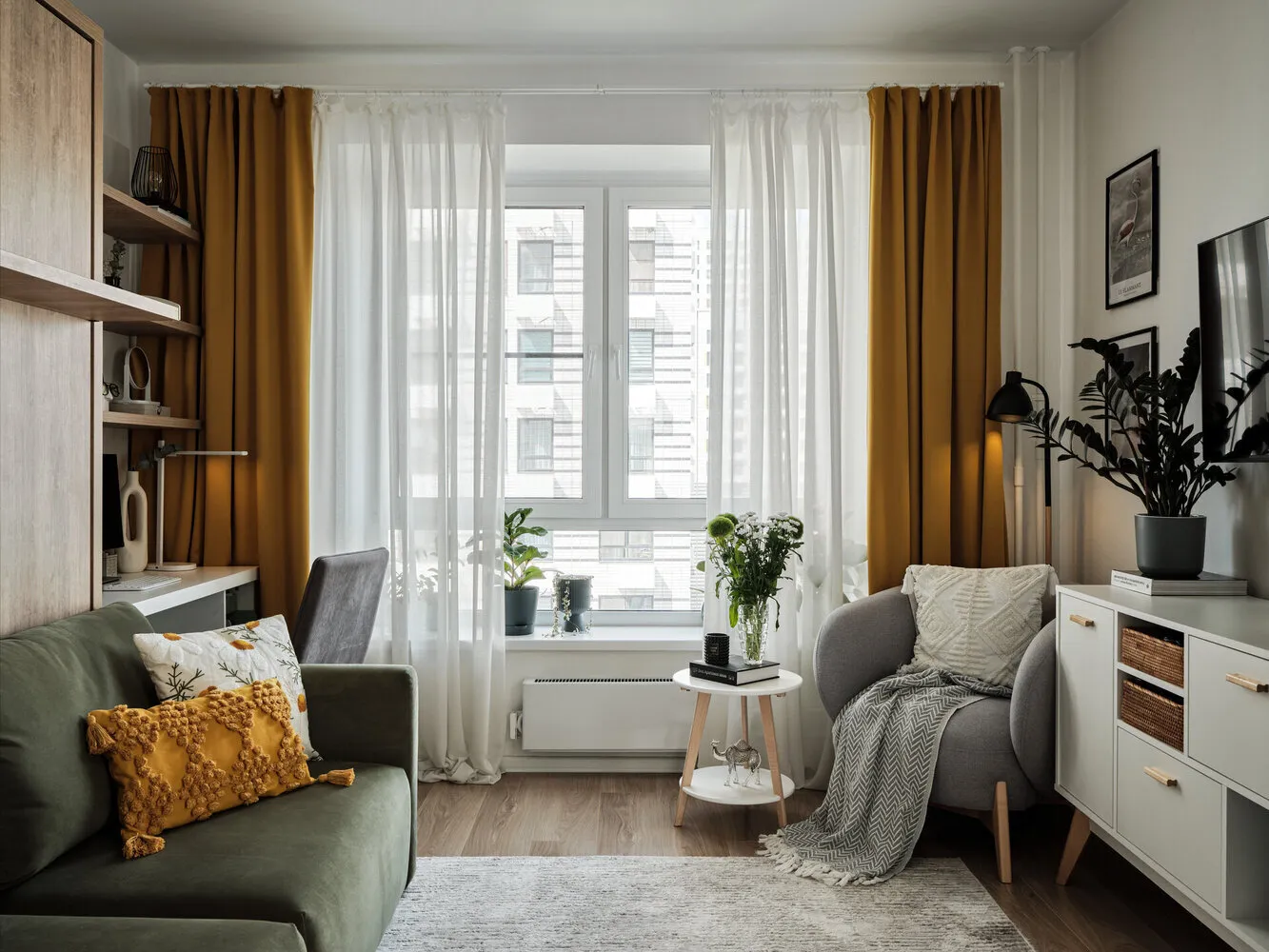
Design: Alena Savvaeva
The most important part: insulating windows and doors
Up to 40% of heat escapes through windows. Even if you have plastic windows, over time seals deteriorate and gaps appear.
Hold a lit candle near the frame. If the flame flickers, there's a draft. Most often drafts come through the bottom part of windows and corners.
- Remove old seals and replace them with new ones — they cost 50-100 rubles per meter, but the effect is huge. If it's too early to replace them now, wash seals with soapy solution and lubricate with silicone grease.
- Pay special attention to sills. Often builders poorly seal the space between frame and wall. Spackle or fill all visible gaps with expanding foam.
- Don't forget about the entrance door. Place a piece of paper against the door frame and close the door. If it easily pulls out — it's time to replace the seal.
Fighting cold bridges
Cold bridges are places where heat escapes the most. They're easy to spot — just put your hand on walls, floor and ceiling.
The most problematic areas:
- Room corners, especially exterior ones;
- Zones where balcony slab connects with floor;
- Area under window sills;
- Joints between panels (in panel buildings).
Cold corners can be insulated with foil-faced foam sheets — thin insulators with a foil surface. They are attached with double-sided tape, cost just a few coins, but the effect is noticeable immediately.
Under window sills often drafts come through construction joints. Remove the sill (usually it just fits into grooves) and check how the gap under the window is sealed. If needed, add expanding foam.
Preparing for a humid winter
In winter indoor humidity drops to 20-30%, while normal range is 40-60%. Dry air causes frequent colds, skin irritation and poor sleep.
- Buy a hygrometer — a device for measuring humidity. Costs 300-500 rubles, but helps control the microclimate.
- Prepare humidity sources: place containers with water on radiators, buy indoor plants (especially ficus and monstera), set up an aquarium or fountain.
- If the problem is serious — consider buying a humidifier. Ultrasonic models cost from 3000 rubles and quickly pay for themselves through savings on medicine.
Day: protecting from freezing
Even in urban apartments, pipes can freeze during winter — especially if they pass along exterior walls.
- Inspect all pipes that run along exterior walls. If a pipe is closer than 30 cm from the wall, it should be insulated.
- Buy pipe insulation at a hardware store — these are foam tubes. Cost 50-100 rubles per meter, cut with a knife and slip on in seconds.
- Pay special attention to pipes in unheated spaces: storerooms, balconies, basements. Insulation is mandatory there.
- Check if water leaks anywhere. Even a small leak in winter can lead to ice formation and pipe burst.
Evening: final touches
- Vacuum the inside of radiators — clean radiators heat 15-20% better than dirty ones. Use a narrow nozzle and thoroughly clean all sections.
- Check ventilation. Hold a piece of paper near the air vent — it should be sucked in. If there's no suction, clean the grille or call a plumber.
- Wash and pack away summer clothes. Use the freed space in wardrobes for storing warm items — they should be within reach.
- Prepare a 'winter kit': flashlight in case of power outage, candles, matches, thermometer to monitor apartment temperature, and a first-aid kit with cold remedies.
Bonus: saving on heating all winter
- Install reflective screens behind radiators made of foil — even regular cooking foil fixed on cardboard increases heat output by 10-15%.
- Don't block radiators with furniture or heavy curtains — heat should circulate freely in the room.
- Close curtains tightly at night — they create an additional air layer between window and room.
- If you have unused rooms in your apartment, close their doors and don't heat them unnecessarily.
One day of preparation — and you'll spend the whole winter warm, without overpaying for heating. And most importantly — avoid unpleasant surprises like frozen pipes or blocked radiators on the coldest day.
Cover: Design project by Alena Savvaeva
More articles:
 How They Designed the Bathroom in a Pre-Revolutionary Apartment on Arbat
How They Designed the Bathroom in a Pre-Revolutionary Apartment on Arbat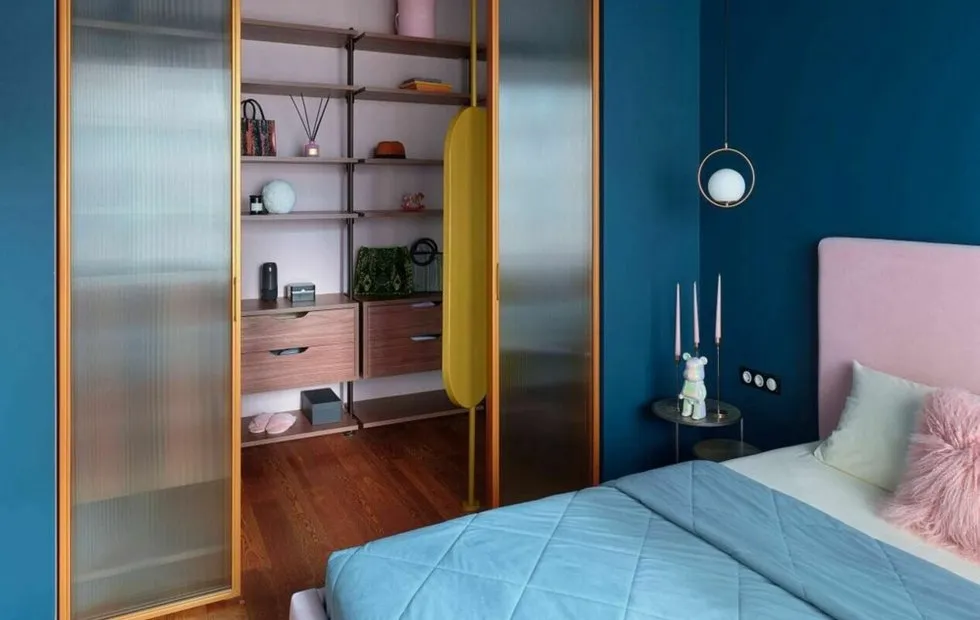 Wardrobe for 60 thousand: organizing storage from scratch
Wardrobe for 60 thousand: organizing storage from scratch Hollywood Stars vs. Stress: Unexpected Rituals of Calm
Hollywood Stars vs. Stress: Unexpected Rituals of Calm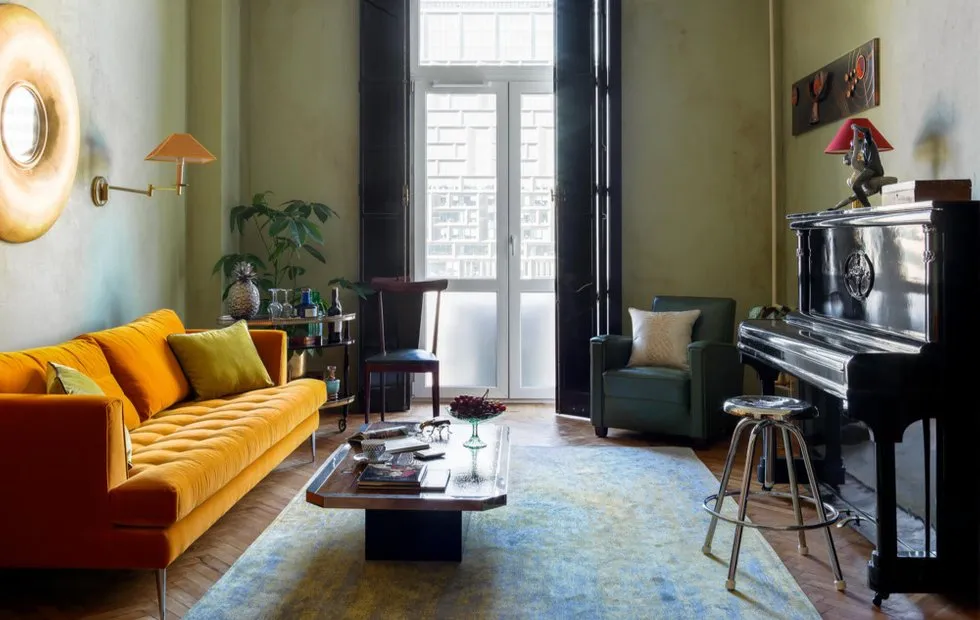 Why Stalin-era Apartments Were More Comfortable Than Modern New Constructions
Why Stalin-era Apartments Were More Comfortable Than Modern New Constructions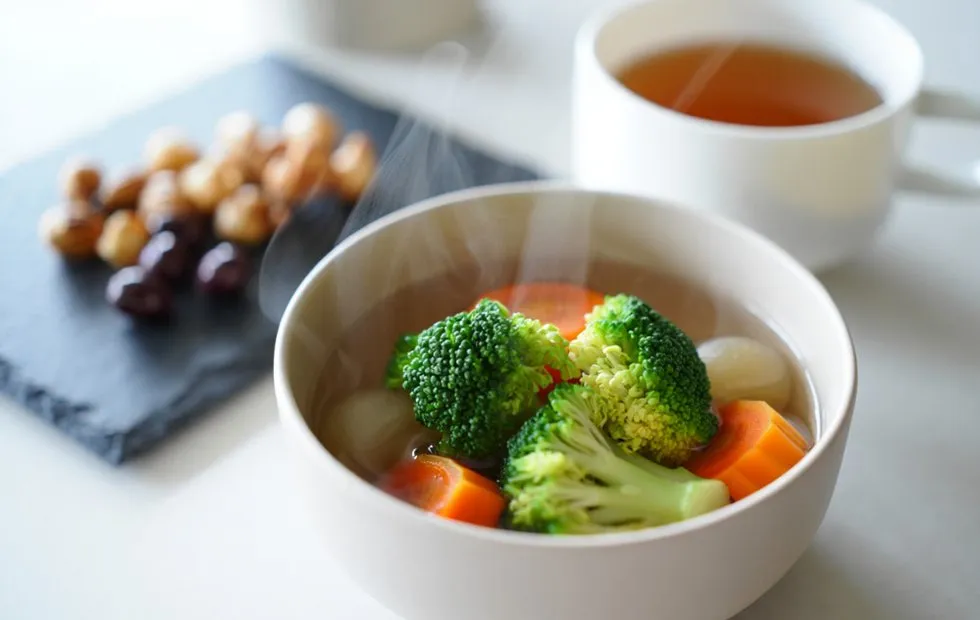 Only 5 Days a Month: Biohacker Diet That Helps You Lose Weight at a Glance
Only 5 Days a Month: Biohacker Diet That Helps You Lose Weight at a Glance Comfortable and Ergonomic Chairs: 10 Trendy New Arrivals for Your Interior
Comfortable and Ergonomic Chairs: 10 Trendy New Arrivals for Your Interior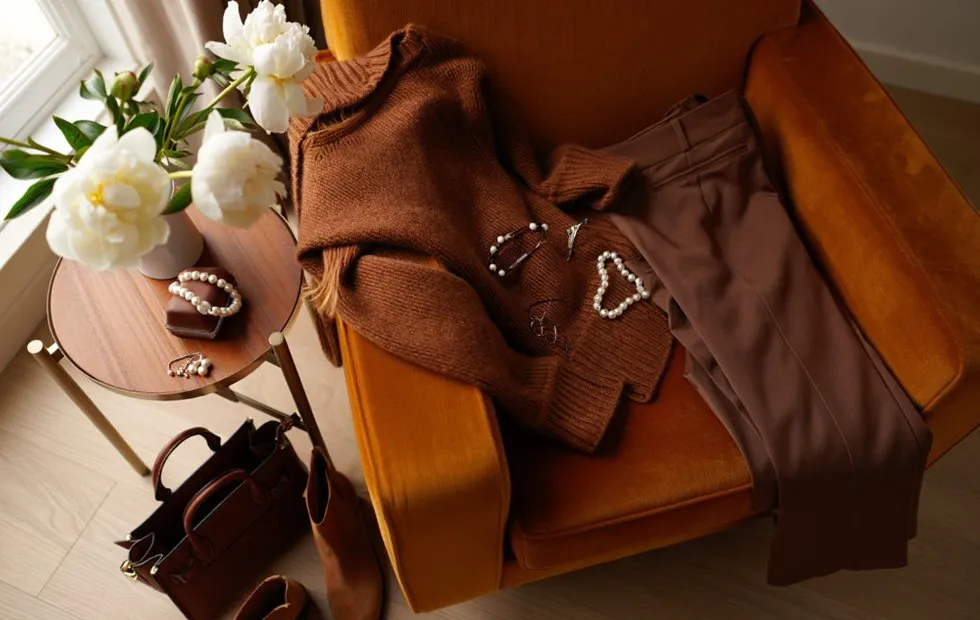 Colors That Will Change Your Wardrobe: Key Trends for 2025/26
Colors That Will Change Your Wardrobe: Key Trends for 2025/26 Brezhnevks: How They Improved Khrushchevks and Why People Still Love Them
Brezhnevks: How They Improved Khrushchevks and Why People Still Love Them